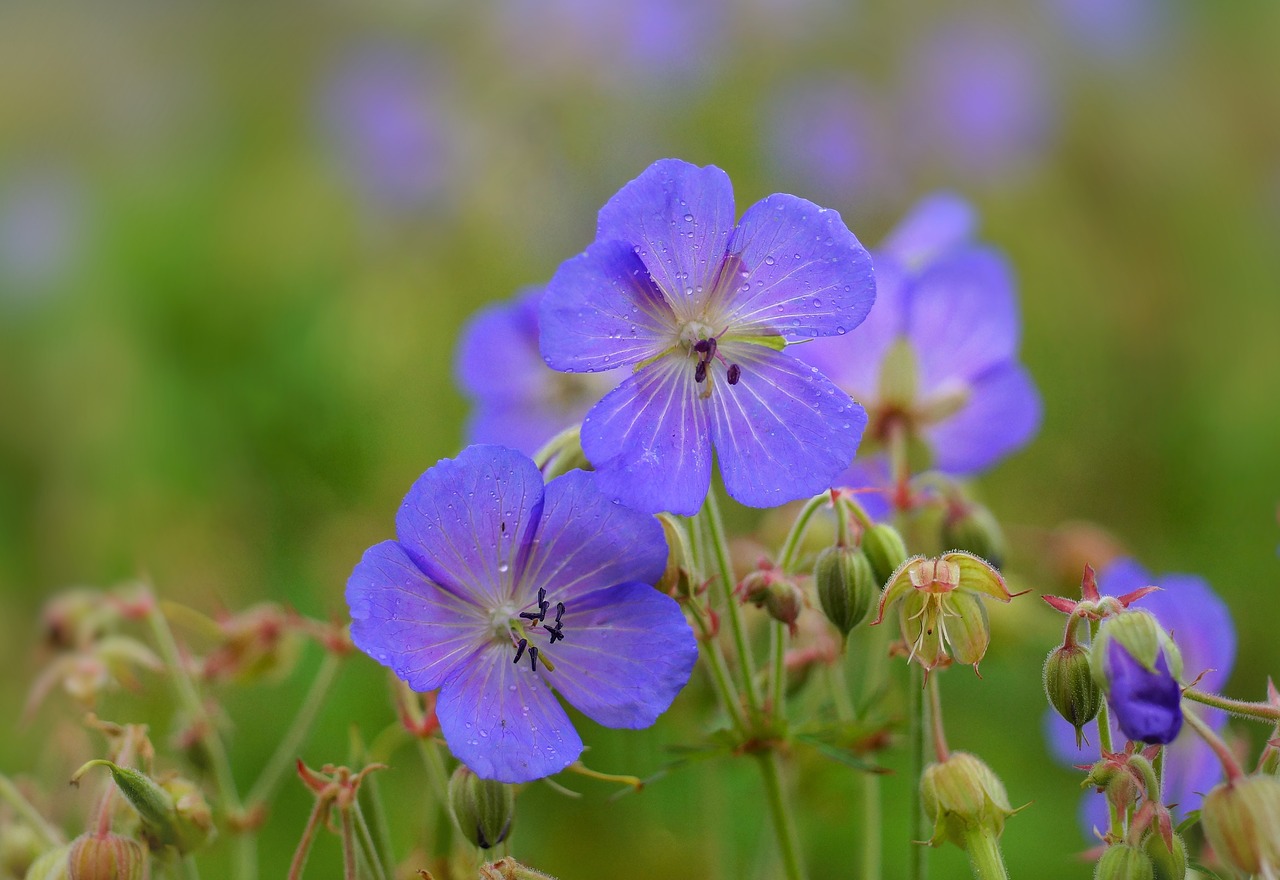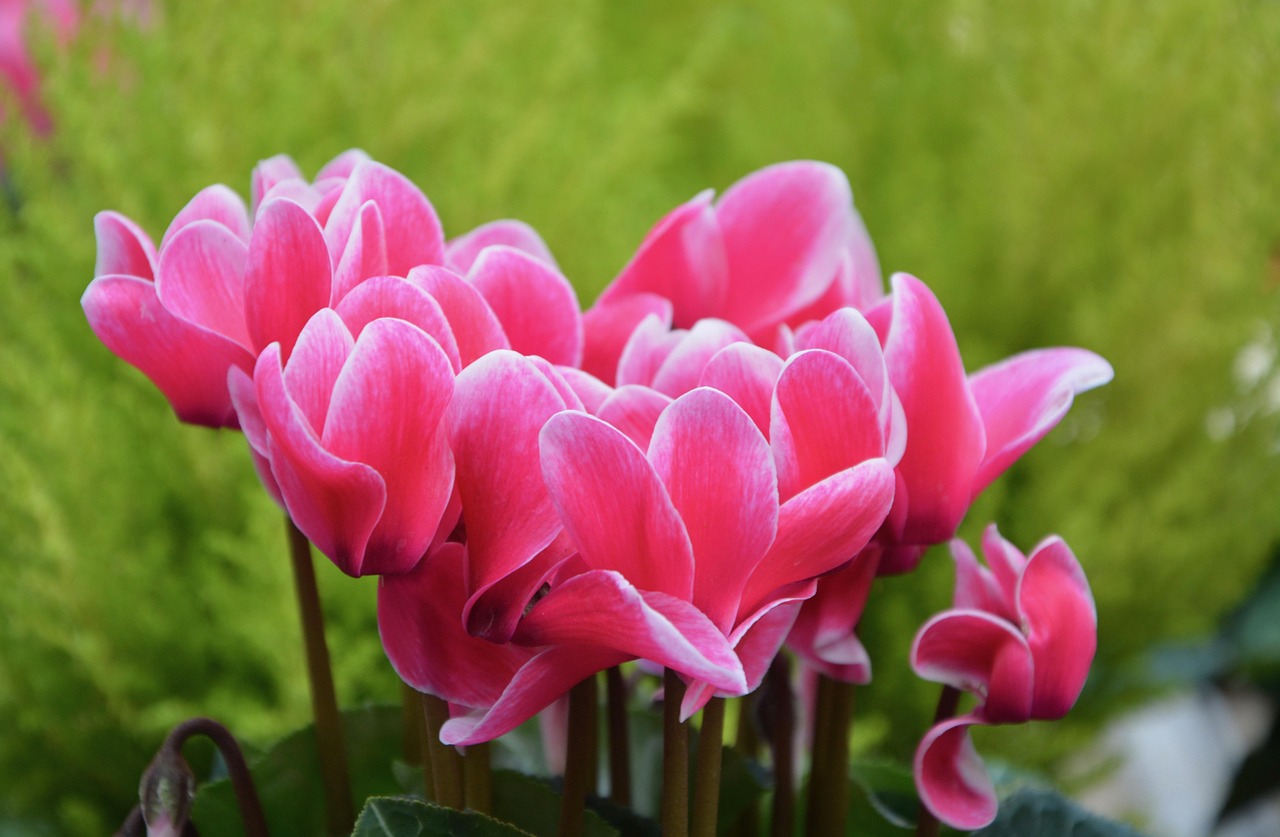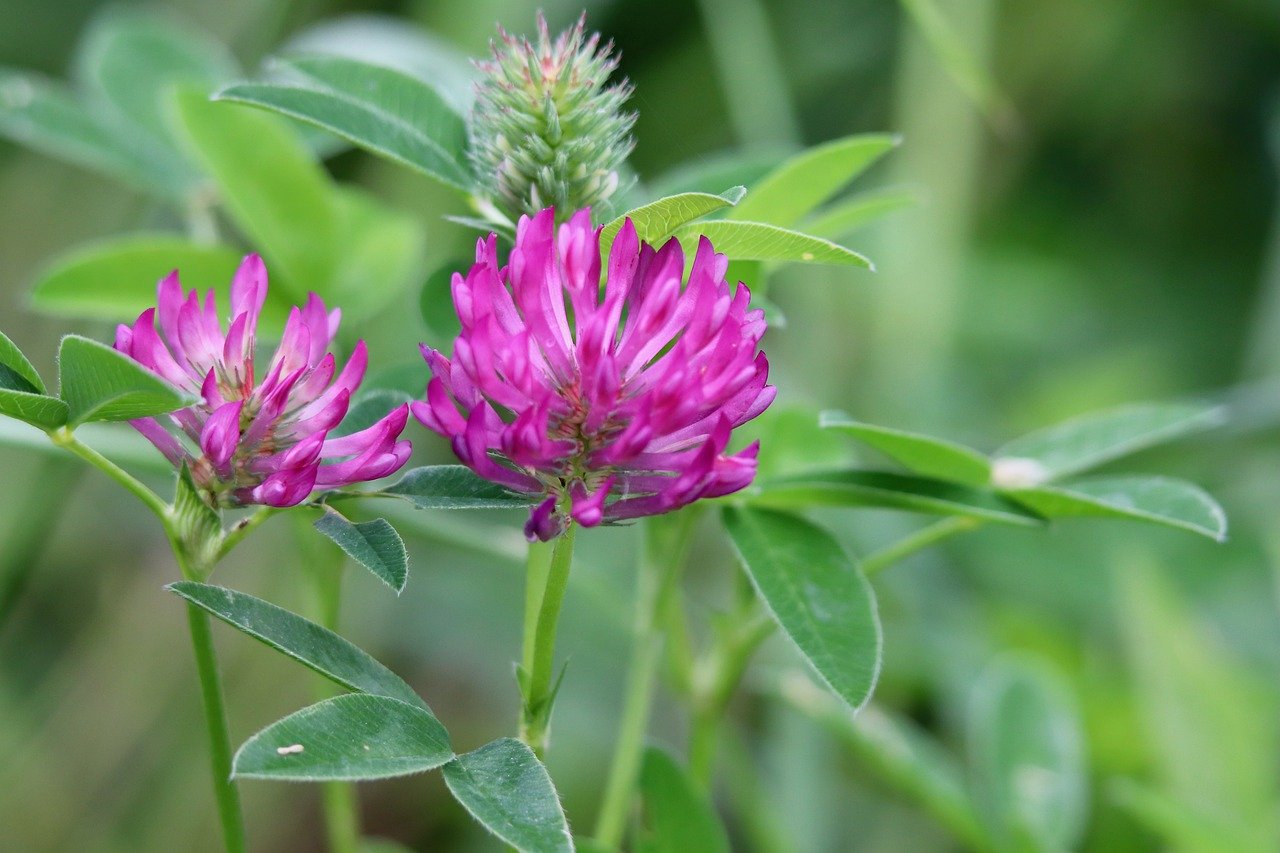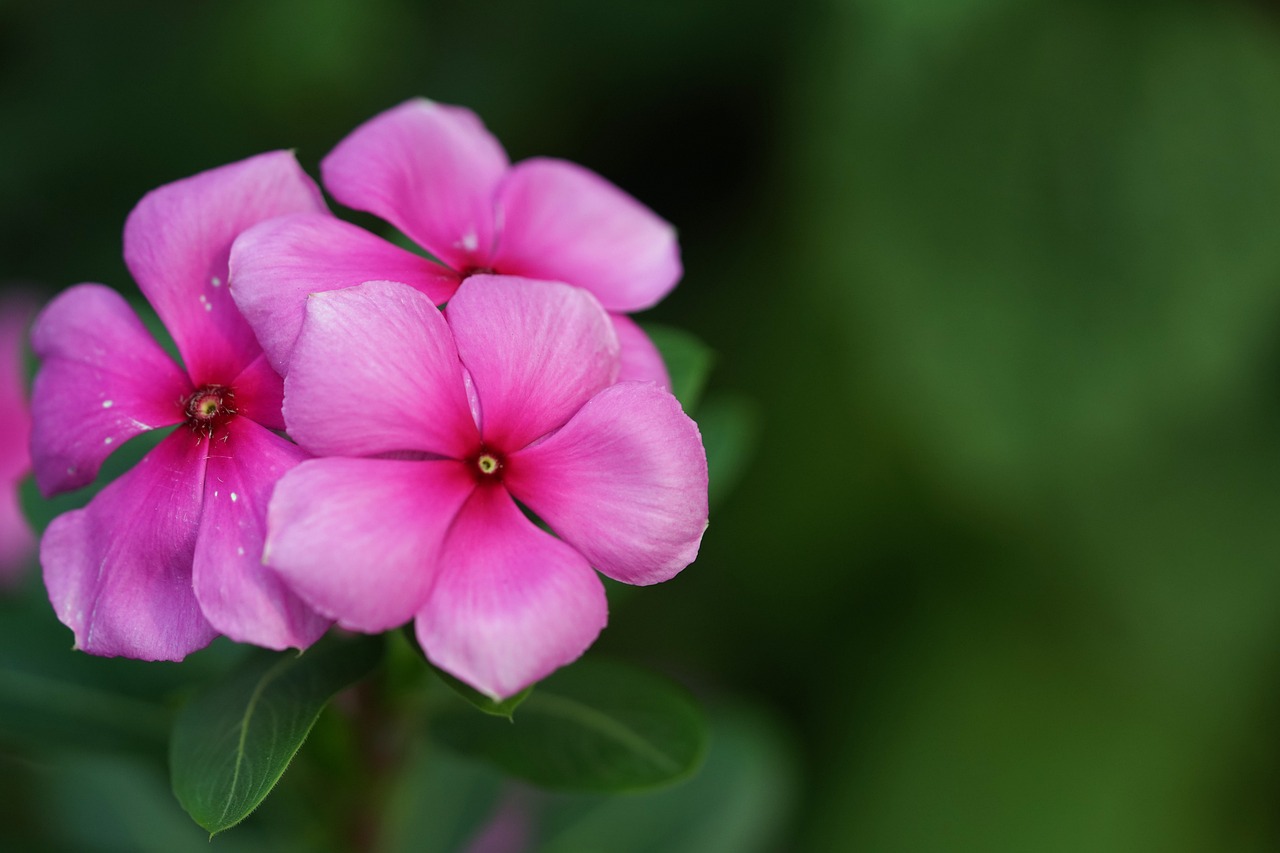Columbine | A Woodland Flower Celebrated in Folk Songs and Poetry
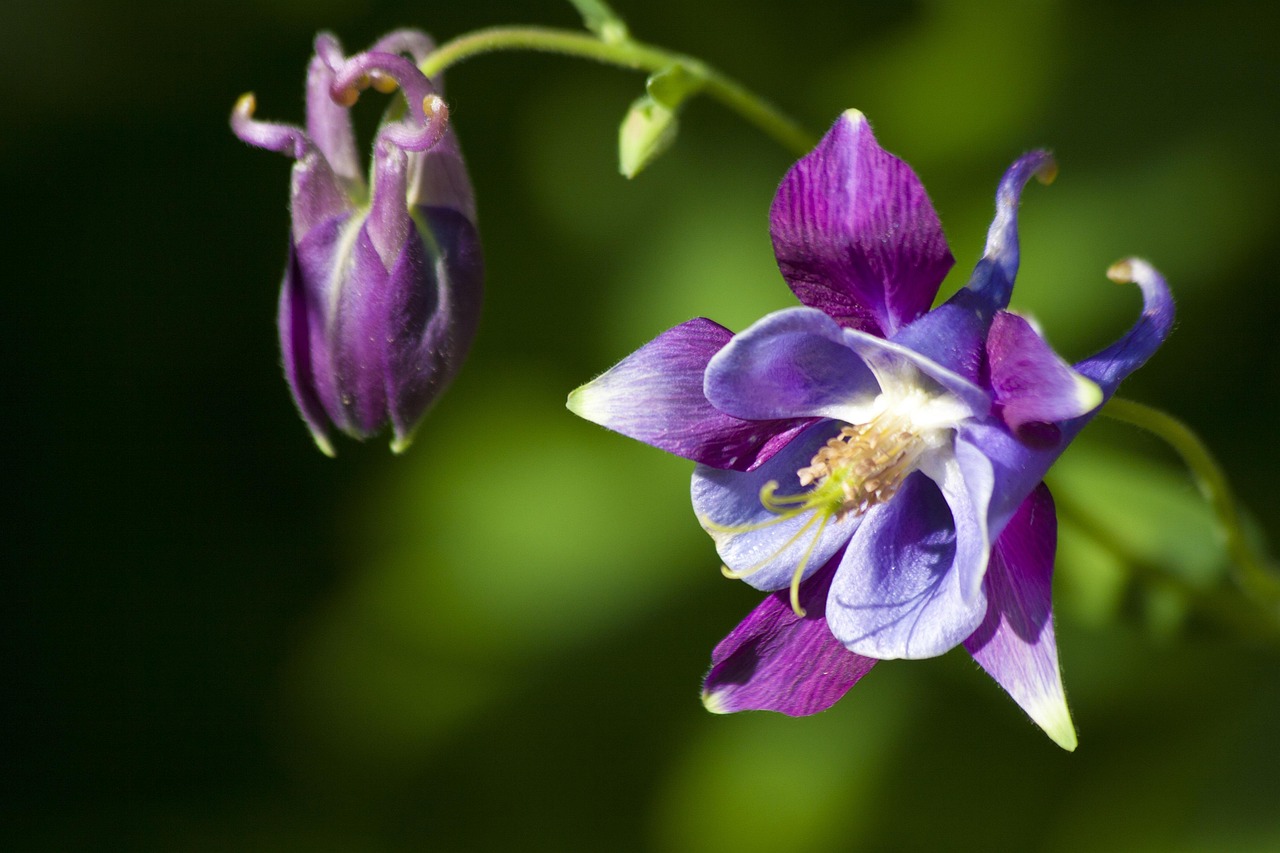
The columbine is a perennial plant admired for its delicate and graceful blossoms.
With a wide variety of cultivated forms, it is extensively grown throughout Europe and beyond. Its airy flowers, swaying gently in the breeze, are cherished as charming accents in both gardens and potted arrangements.
In this article, I will introduce the essential information about the columbine, along with its cultural and historical background, and provide gardening advice for cultivating it.
Basic Information
- Scientific name: Aquilegia vulgaris
- Family: Ranunculaceae
- Origin: Europe and Western Asia
- Appearance: From among threadlike leaves, long stems rise to bear elegant blossoms. The flowers come in a wide range of colors—purple, blue, pink, white—and are distinguished by spurs extending backward from the petals.
- Blooming season: From spring to early summer, its lightly swaying flowers create a lasting impression.
Cultural Significance Around the World
The columbine holds an important place in contemporary garden culture.
In the United Kingdom, it is widely planted as part of natural-style gardens and is valued for creating a wild yet refined atmosphere. It is also regarded as one of the indispensable flowers of the English garden.
In the United States, active horticultural breeding has produced numerous varieties in diverse shapes and colors. In cities such as Baltimore, columbines are often planted in parks and beneath street trees, enriching the urban landscape.
In Japan, interest in natural gardens has been rising in recent years, and the popularity of columbines has grown accordingly. Since many cultivars thrive in cooler climates, they are frequently found in gardens of Hokkaido and the Tohoku region.
Historical Background
The columbine has long been associated with religious and mystical symbolism.
In medieval Europe, its distinctive flower shape was thought to resemble “a gathering of doves,” leading to its depiction in religious paintings as a symbol of the dove.
In France and England, its graceful form was loved by the nobility and widely cultivated as a decorative garden plant.
In Germany and Scandinavia, the columbine was regarded as a mysterious flower believed to harbor fairies and spirits. Folklore tells of columbines blooming deep in the forest as markers for the hidden dwellings of witches and fairies.
During the Renaissance, the flower came to symbolize modesty and purity, appearing frequently in art. For example, the Italian painter Sandro Botticelli included columbines in his works as symbolic motifs.
Gardening Advice
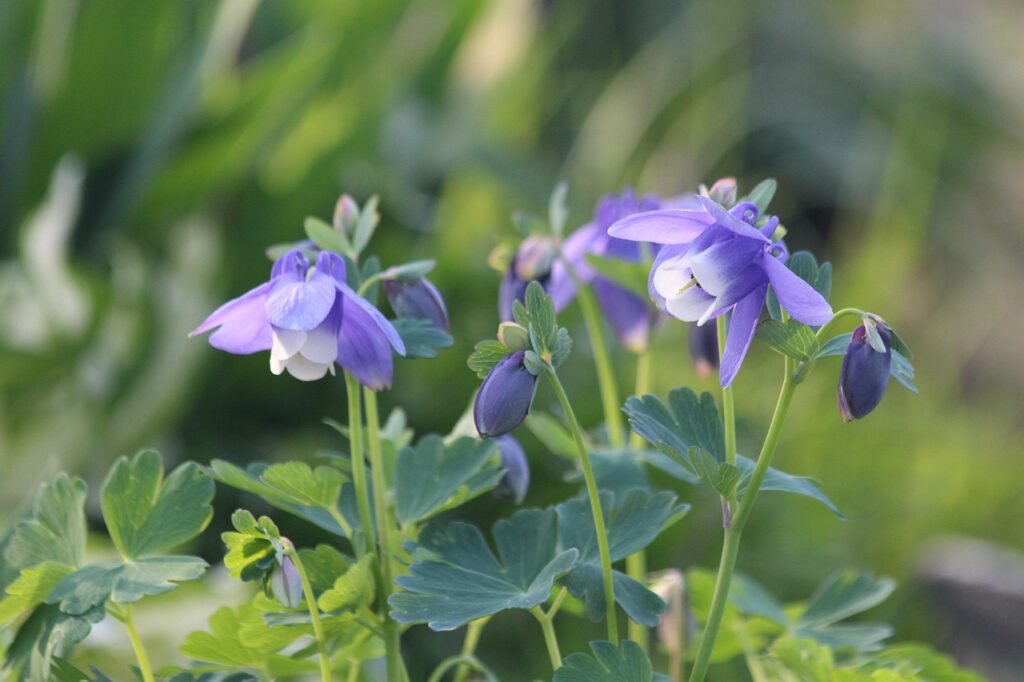
The columbine is easy to grow and, with proper care, will bloom beautifully year after year.
Sunlight
Prefers partial shade to full sun. An ideal environment provides morning sunlight with afternoon shade to protect the leaves from excessive sun.
Watering
Water moderately when the soil has dried. To prevent root rot, avoid overwatering and use well-draining pots for container planting.
Soil
Well-drained soil with moderate moisture retention is best. Adding leaf mold or compost enriches the soil.
Fertilizer
Apply slow-release fertilizer before blooming to encourage abundant flowers. Avoid overfertilization.
Cold resistance
Hardy against cold. The above-ground parts wither in winter, but new shoots emerge in spring. In colder regions, protecting the plants from frost ensures healthier growth.
Conclusion
The columbine is distinguished by its unique form and graceful elegance, holding an important place in garden culture, particularly in English gardens.
It is cherished as a classic plant in natural gardens in the United Kingdom, while in the United States, horticultural breeding has produced countless new varieties.
Historically, it appeared in medieval religious paintings and inspired mystical folklore, while during the Renaissance it symbolized purity and modesty in the arts.
Today, the columbine continues to captivate with its delicate flowers swaying in the breeze, adorning gardens and parks worldwide.


